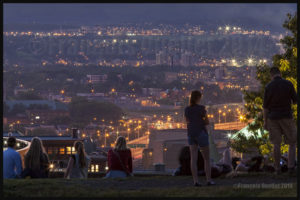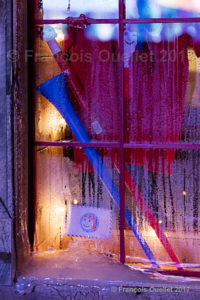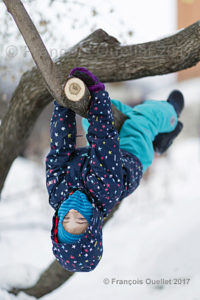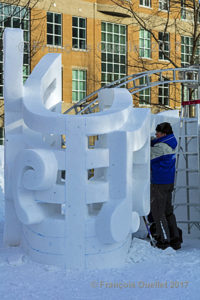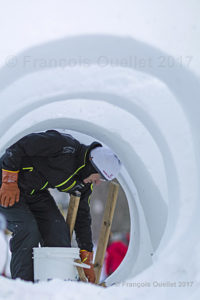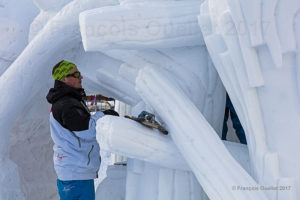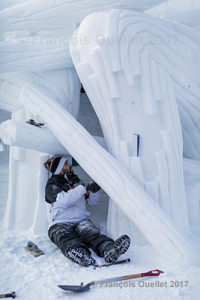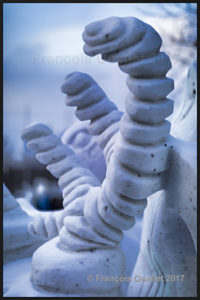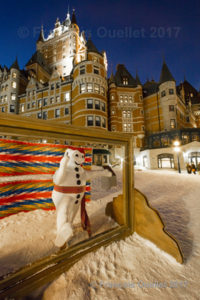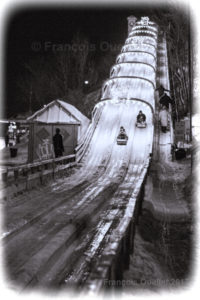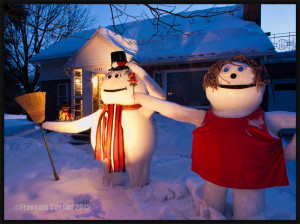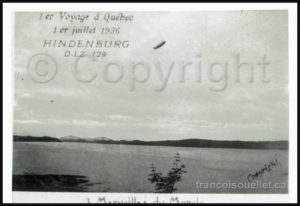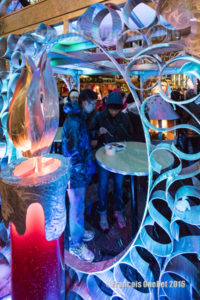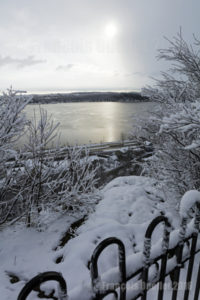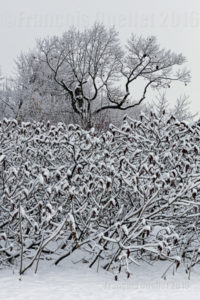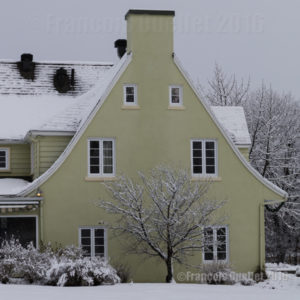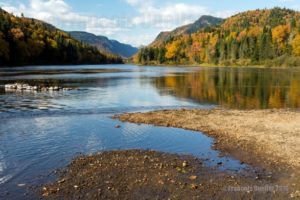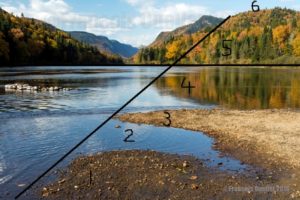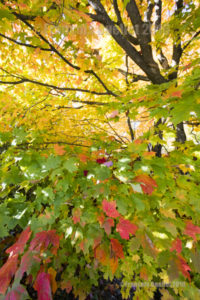In 2002, the Quebec flight information center employees were advised that journalists had been authorized to film inside the Nav Canada installations.
In anticipation of the shooting, one of the flight service specialists went over the list of employees who would be working during the journalist’s visit. He phoned those employees and suggested an appropriate dress code. He was just trying to help. One of the employees that we will name Denis could not be contacted, but the message was nonetheless left to his wife.
The next day, just before the journalist’s visit, Denis arrived in the center. He entered the flight service station room and dryly demanded the name of the employee who phoned his wife to suggest a dress code for him. It just happened that this employee was facing him. Denis kind of lost his temper and ordered everyone to mind their own business. There was some tension in the air. It would not have been a good idea to contradict him…
Few hours later, during a coffee break, I found myself in the employee’s kitchen in company of Denis. He put a donut in the microwave and sat down in a corner by himself, waiting to hear the “beap” from the microwave, indicating that the donut was hot enough.
But from where he was sitting, Denis did not see that the donut was overheating. In fact, the donut was gradually changing color and shape and smoke was coming through all the microwave’s gaps it could find. For safety reasons, I was checking that the damages were limited only to the donut.
Overheating fat really makes a lot of smoke. Denis asked me: “Don’t you find that it smells of burning?” I answered positively. He added: “ But look, there is smoke near you!”
Realizing that I was not going to move, he stood up to find out what was going on. He soon discovered that the source of the smoke came from a deformed and darkened entity still turning on the tray. He shouted: “It’s my donut! It’s all burned! Why didn’t you tell me?” I could only reply: “ Just about an hour ago, you told us in no uncertain tone to mind our business. How can I know how you prefer your donut?!” Useless to say, this did not help in calming him down…
Click on the link for other real life stories at the Quebec flight information center on my blog.
